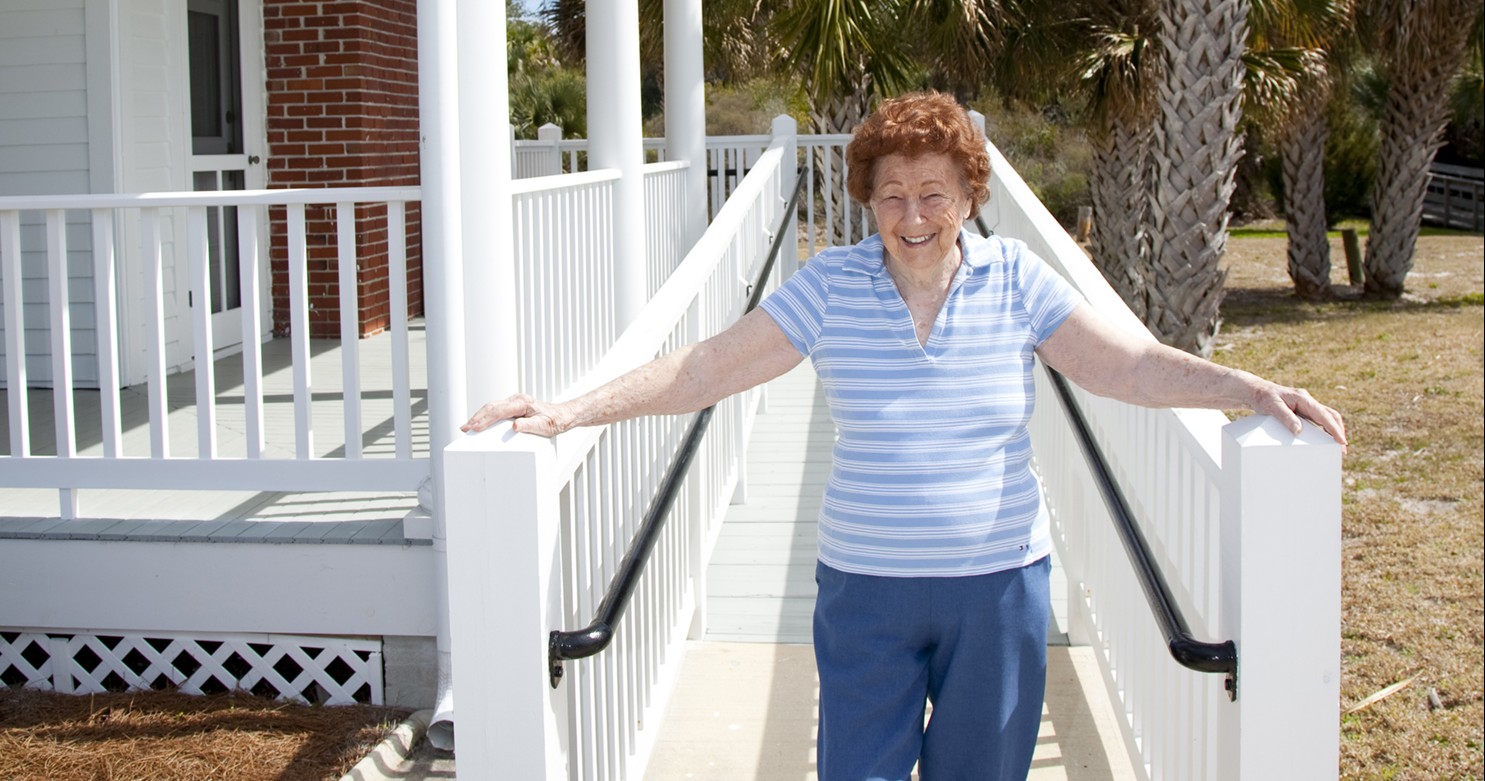
Professor Jon Pynoos
By making simple home modifications older adults can prevent accents, reduce health and long term care costs, facilitate caregiving and support independent living, says USC Leonard Davis School of Gerontology expert Jon Pynoos.
Keep it Simple
Ten thousand adults are turning over 65 every day and their overwhelming preference is to age in the comfort of their home. This can mean necessary renovations are needed to stay safe and live well. Extensive home modifications have an average cost of up to $1,300 but Jon Pynoos, the UPS Foundation Professor of Gerontology, says that older adults and caregivers can start smaller, such as:
- Installing stair railings to both sides of interior stairways
- Installing grab bars in the shower
- Purchasing a raised toilet seat with side bars for support
- Improving lighting around the house (stairs, pathways, porches, doorways, closets)
- Ramps or stairways where steps are located inside and outside the home
Many of these products are designed with appearance in mind, and come in a variety of styles.
Resistance to Change
While the cost of making modifications is proven to be significantly lower than potential medical costs due to accidents in the home, the majority of older adults and caregivers struggle with making adjustments to their homes for various reasons.
Many are unable to do it themselves, others can’t afford to make improvements, some don’t know how to make changes, feel contractors are untrustworthy and consider railings and ramps unattractive, said Pynoos.
Making Home Modifications Part of the Conversation
To resolve some of these issues, Pynoos recommends changes and adjustments to programs and policies to improve aging in place for all older adults. By informing older adults and caregivers of the potential benefits of home renovations and framing these changes in a positive way, older adults will be encouraged to invest in their homes. Additionally, budgeting for home modifications is often overlooked in retirement planning. By starting a conversation with retirement counselors, simple fixes when needed can become affordable.
In a study conducted alongside The Hartford Insurance Company, USC provided educational materials to older policyholders with severe damage to their kitchens and bathrooms informing them of features that create an environment for people of all ages and abilities.
“We wanted to see whether they would they make some of these changes and would they attribute that decision to receiving the information,” said Pynoos. “Sure enough, a lot of them made changes…With good educational materials, you can start to make a difference.”
Assessment and Delivery
Information and assessments provided by health care professionals can help older adults take note of needed improvements in their home to enhance their quality of life. Pynoos says that training paramedics or emergency medical technicians has promise.
“First responders go to the home after the fall. They spend ten or fifteen minutes there and they can do a quick home assessment or provide more information,” he said.
Although resources are available to the older adult community to make upgrades to their home, there is a patchwork delivery system making it difficult for most to do it on their own, stated Pynoos.
Improving Resources
While Pynoos notes faults in the delivery system for home renovations, he highlights USC’s national directory of home modification programs, greater availability of products for older adults with disabilities and programs dedicated to improving the skills of professionals working with older adults, like USC Leonard Davis School’s Executive Certificate in Home Modifications Program.
Furthermore, the USC Leonard Davis School partners with five local organizations to provide information and resources to service providers, families and individuals, and researchers and educators on successful fall prevention strategies through the Fall Prevention Center of Excellence.
Pynoos is also Director of the National Resource Center on Supportive Housing and Home Modification, and Co-Director of the Fall Prevention Center of Excellence. He spoke at the 2016 USC Morton Kesten Summit, a gathering of national experts addressing the needs of individuals aging in place. The bi-annual summit and associated Universal Design Competition are endowed by a family member in memory of the late Morton Kesten.





